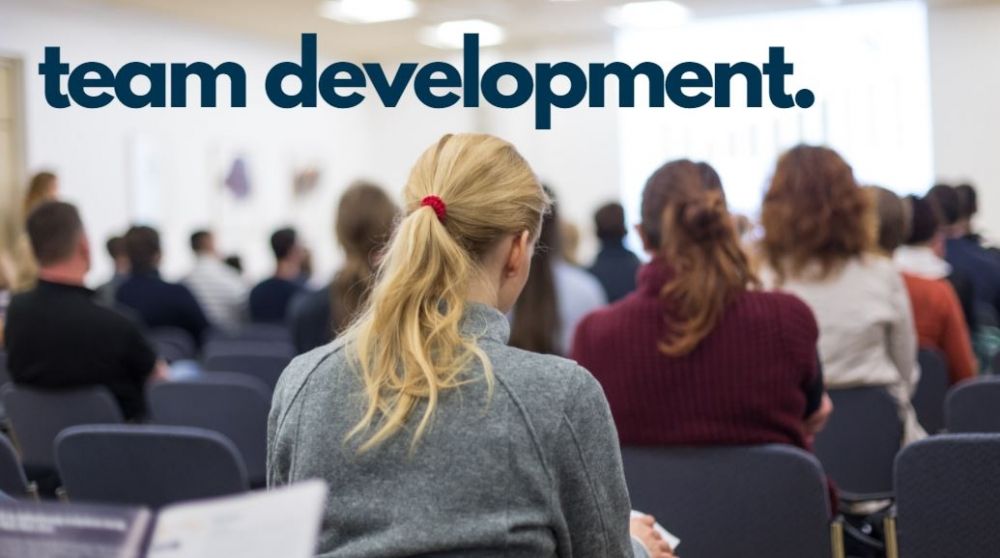The Learning and Development Team are both passionate and committed to helping anyone who works with others. We can journey alongside you to understand different behaviours observed in the workplace and explore how to customize your interactions with your team to improve performance and develop teamwork built on trust, collaboration and respect.
"If you want to go fast, go alone. If you want to go far, go together." ~ African Proverb
Team effectiveness is enhanced by a team's ability to reflect and evaluate constantly. In addition to evaluating accomplishments in terms of meeting specific goals, for teams to be high-performing it is essential for them to understand their development as a team. Most of us are familiar with the concept of "the terrible twos" in early childhood; understanding that developmental stage makes it easier to accept the constant stream of "No No No No No" or “why why why why why” that we might hear from a two-year old.
As a way to improve teamwork and help companies become more efficient, researcher Bruce Wayne Tuckman published “Tuckman’s Stages” in 1965. It talked about the four stages of development all teams move through over time: forming, storming, norming, and performing. In 1977, Tuckman and doctoral student Mary Ann Jensen added a fifth stage called adjourning to make it the “five stages of team development.”
Here’s how each stage works:
Forming |
This is where team members first meet. It’s important for team leaders to facilitate the introductions and highlight each person’s skills and background. Team members are also given project details and the opportunity to organize their responsibilities. |
Storming |
At this stage, team members openly share ideas and use this as an opportunity to stand out and be accepted by their peers. Team leaders help teams in this stage by having a plan in place to manage competition among team members, make communication easier, and make sure projects stay on track. |
Norming |
By now, teams have figured out how to work together. There’s no more internal competition, and responsibilities and goals are clear. Each person works more efficiently because he or she has learned how to share their ideas and listen to feedback while working toward a common goal. |
Performing |
There’s a high level of cohesion and trust between team members. Teams are functioning at peak efficiency with less oversight from team leaders. Issues still come up, but at this point, teams have strategies for resolving problems without compromising timelines and progress. |
Adjourning |
Teams complete their project and debrief on what went well and what could be improved for future projects. Afterwards, team members move on to new projects. |
If you would like to discuss what Learning and Development can offer in relation to team development, then please contact your local Learning Partner for a friendly chat.
